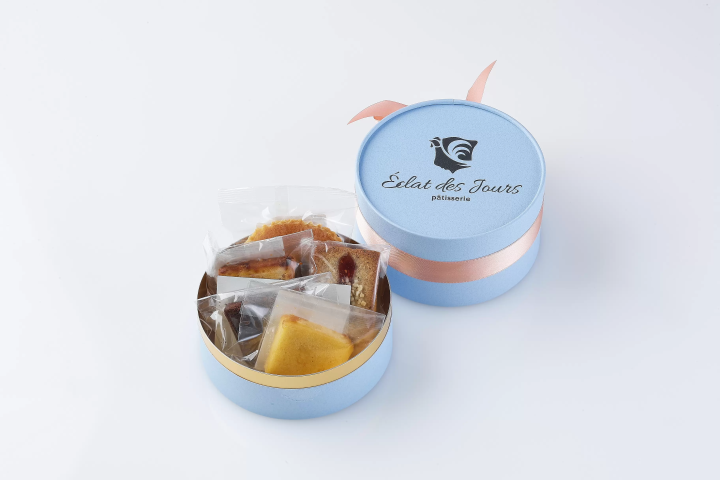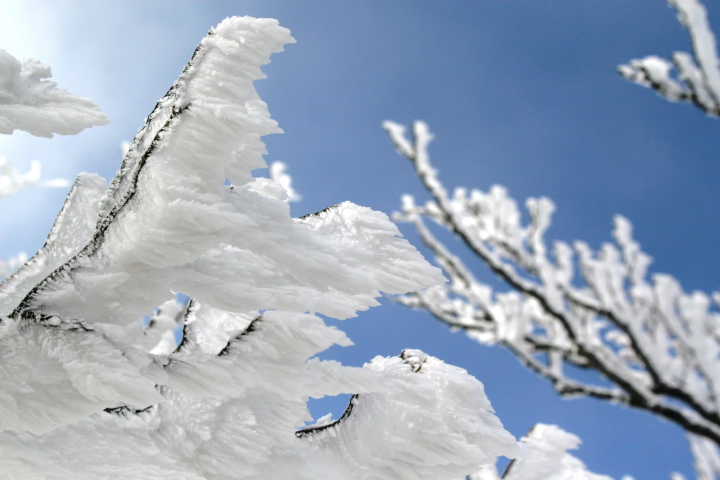Ukiyo-e (Japanese Woodblock Prints) - Japanese Encyclopedia

Emerging in the late 17th century, ukiyo-e ("floating world") woodblock prints are Japanese artworks illustrating everyday life in the city of Edo (present-day Tokyo)—from common people to famous landscapes.
Ukiyo-e, or “floating world,” woodblock prints are historical Japanese artworks that first emerged around the 17th century. Simply mentioning the word conjures up iconic works by masters during Japan's Edo Period (1603-1868).
You'll find masterpieces featuring scenic mountains and seascapes to portraits of Kabuki actors. Moreover, the idyllic imagery are both playful yet sophisticated.
The Timeless Charm of Ukiyo-e
The origin of ukiyo-e can be traced back to traditional Japanese ink-wash paintings, or sumi-e. Although the first compositions were only in black and white, it wasn't long before the woodblock prints became increasingly colorful.
Printing, which involved hand-pressing carved wooden blocks onto paper, also came onto the scene.
In fact, this was a collaborative effort among three people: the artist (eshi) who sketches the artwork, the engraver (horishi) who carves the image onto a woodblock, and the printer (surishi) who creates copies of the image.

photob byt Prtimes
Literally meaning "floating world," ukiyo-e captures realistic portrayals of people and everyday life in Edo (present-day Tokyo). The subject matter of these artworks spans from kimono-clad women, feudal warlords, folktales to advertisements.
It is even said that ukiyo-e pictures on display were the equivalent of putting up posters of movie stars and celebrities in today's world.
The detailed designs and bold colors of these woodblock prints have continued to impress many artists from Japan and abroad. However, the stark decline of artisans in this field remains a serious concern. Japan currently faces the task of preserving this traditional art form for future generations.
Ukiyo-e Merchandise Make Popular Souvenirs and Gifts

There are several museums in Tokyo where you can see permanent collections of ukiyo-e prints.
For example, the Ōta Memorial Museum of Art in Shibuya Ward has a collection of more than 14,000 ukiyo-e works. There's also the Tokyo Fuji Art Museum in Hachioji, a suburban Tokyo city, that showcases works by ukiyo-e masters, including Katsushika Hokusai and Utagawa Hiroshige.
There is no shortage of ukiyo-e collections housed in other institutions throughout various regions of Japan. You'll also find postcards, T-shirts, and merchandise featuring iconic designs that'll make popular souvenirs. These memorabilia featuring masterpieces will be great mementos of your travels!
This is the official account of MATCHA's editorial department. Our articles feature useful travel information for visitors to Japan, from how-to guides to recommended places to visit.


































![[Latest] Complete Guide to atmos Exclusive Sneakers and Special Edition Models | Apparel and Upcoming Releases](https://resources.matcha-jp.com/resize/720x2000/2025/12/12-252706.webp)
![[2025-2026 Edition] Four Ski Resorts in Hyogo Prefecture Yabu City Opening on December 27th!](https://resources.matcha-jp.com/resize/720x2000/2025/11/28-251434.webp)
![[Next event confirmed! / Report] “Let’s Eat Tokyo Food”](https://resources.matcha-jp.com/resize/720x2000/2025/12/26-254125.webp)